- No products in the cart.
Mig tab 400 p / v 400mg film 20 pcs
$3.13
Mig tab 400 p / v 400mg film 20 pcs
Description
Composition
Active substance:
1 tablet contains: Ibuprofen – 400.0 mg.
Excipients:
Corn Starch – 215.00 mg sodium carboxymethyl starch (type A) – 26.00 mg Colloidal anhydrous silica – 13.00 mg magnesium stearate – 5.60 mg. sheath: Hypromellose (viscosity 6 mPa s) – 2,940 mg, povidone (K value = 30) – 0.518 mg macrogol 4000 – 0.560 mg titanium dioxide (E 171) – 1,918 mg.
Description:
Oval tablets, film-coated, white or nearly white color, having a bidirectional at risk for dividing and embossed on one side of the “E” and “F” on either side of risks.
Product form:
Tablets, film-coated, 400 mg.
10 tablets in blisters (blister) made of PVC / aluminum foil.
1 or 2 blisters with instructions for use in a cardboard package.
Contraindications
Hypersensitivity to ibuprofen and / or any of the components comprising the drug; complete or partial combination of asthma, recurrent polynosis or paranasal sinuses and intolerance to acetylsalicylic acid or other NSAIDs (including history); erosive and ulcerative changes of the gastric mucosa and / or duodenum 12, active gastrointestinal bleeding, including a history of (two or more confirmed episodes of peptic ulcer or ulcer bleeding); cerebrovascular bleeding or other bleeding; intracranial hemorrhage; since the aortocoronary bypass surgery; haemophilia and other bleeding disorders (including hypocoagulation), hemorrhagic diathesis; blood diseases of unknown etiology (leukopenia and anemia); inflammatory bowel disease (Crohn’s disease, ulcerative colitis) in acute phase; severe hepatic failure; severe renal failure severity (creatinine clearance less than 30 mL / min); progressive renal disease; severe heart failure; pregnancy (III trimester); Children under the age of 6 years (body weight less than 20 kg).
Carefully
In the presence of the conditions referred to in this section should consult a physician before using the product.
Advanced age, severe somatic disorders, heart failure, arterial hypertension, liver failure, cirrhosis with portal hypertension, hyperbilirubinemia, renal insufficiency (clearance Kretinina less than 60 ml / min), nephrotic syndrome, gastritis, enteritis, colitis, gastric ulcer and duodenal colon (including history), the presence of Helicobacter Pylori infection, post major surgery, autoimmune diseases (systemic lupus erythematosus, mixed connects disease tion of tissue), dyslipidemia / hyperlipidemia, diabetes mellitus, peripheral arterial disease, smoking, frequent alcohol use, problems with blood clotting (ibuprofen inhibits platelet aggregation); prolonged use of NSAIDs, simultaneous oral glyukokortikosteriodov (including prednisone), anticoagulants (including warfarin), antiplatelet agents (including acetylsalicylic acid, clopidogrel), selective inhibitors of neuronal serotonin (incl . tsiroloprama, fluoxetine, paroxetine, sertraline).
Indications
The preparation is intended for the symptomatic treatment as: analgesic for pain syndrome, mild to moderate intensity, including .: headache, migraine, toothache, pain in muscles and joints, painful menstruation; antipyretic with acute respiratory diseases.
Interaction with other drugs
Simultaneous treatment with other NSAIDs, including aspirin and selective COX-2 inhibitors may increase the risk of gastro-intestinal ulcers and bleeding. In this regard, the simultaneous use of the drug ibuprofen with other NSAIDs is not recommended.
Increasing the concentration of digoxin in plasma and phenytoin lithium drugs that may lead to increased toxicity. As a rule, control the concentration of lithium, digoxin, and phenytoin in the blood plasma is not required.
Ibuprofen may attenuate the effects of diuretics and other antihypertensive agents (angiotensin converting enzyme inhibitors, beta blockers and angiotensin II receptor antagonists). In some cases, patients with renal impairment (e.g., in dehydrated patients or patients with impaired renal function) the simultaneous use of angiotensin converting enzyme inhibitors, beta-blockers, angiotensin II receptor antagonists and COX inhibitors may lead to a further decrease in renal function, up to acute renal failure, which is usually reversible Patients should receive adequate amounts of fluids, and renal function should be carefully pin olirovat after the start of the simultaneous application.
We do not recommend the combined use of potassium-sparing diuretics (spironolactone, triamterene, amiloride), potassium supplements because the risk of hyperkalemia.
Glucocorticoids, platelet aggregation inhibitors and selective serotonin reuptake inhibitor while the use of ibuprofen increase the risk of gastro-intestinal ulcers or bleeding.
Experimental data show that the simultaneous use of ibuprofen can inhibit the action of low doses of aspirin on platelet aggregation.
Use of ibuprofen within 24 hours before or after methotrexate can lead to increased concentrations of methotrexate and an increase in its toxic action.
Cyclosporine nephrotoxicity of ibuprofen increases.
Ibuprofen, like other NSAIDs, enhances the action of anticoagulants (e.g., warfarin).
There are clinical data on the interaction of NSAIDs and certain hypoglycemic agents for oral administration (e.g., sulfonylureas). Because of insufficient data on the interaction of ibuprofen and derivatives of sulfonylureas, when the simultaneous application is recommended better control plasma concentrations of glucose.
While the use of tacrolimus increased risk of nephrotoxicity.
There is an increased risk of hemarthrosis and hematoma in HIV-positive patients, while taking zidovudine and ibuprofen.
Probenecid or sulfinpyrazone may increase the half-life of ibuprofen.
While the use of mifepristone ibuprofen should begin not earlier than 8-12 days after mifepristone, as NSAIDs can reduce the effectiveness of mifepristone.
Patients taking both ibuprofen and antibiotics quinolone series, increases the risk of seizures.
When applied simultaneously with myelotoxic drug ibuprofen, like other NSAIDs, may increase their gematotoksicheskim effect.
Overdose
Symptoms: headache, dizziness, confusion and loss of consciousness (myoclonic seizures in children), abdominal pain, nausea, vomiting, decreased blood pressure, shortness of breath, cyanosis. There may be gastrointestinal bleeding, and abnormal liver function and kidney.
Treatment: gastric lavage (effective only within an hour after ingestion) priemadsorbentov, alkaline water, diuresis, symptomatic therapy (correction of acid-base balance, blood pressure). No specific antidote.
pharmachologic effect
Pharmacological group:
Nonsteroidal anti-inflammatory drug (NSAID).
Pharmacodynamics:
It has analgesic, antipyretic and anti-inflammatory effect.
Ibuprofen is a propionic acid derivative. The mechanism of action is related to inhibition of the enzyme cyclooxygenase (COX) types 1 and 2, which leads to inhibition of prostaglandin synthesis.
Inhibits platelet aggregation.
Pharmacokinetics:
Absorption: after ingestion of ibuprofen is partially absorbed in the stomach, and then completely – in the small intestine. The maximum concentration (Cmax) of ibuprofen in blood plasma after administration of the drug inside is achieved in 1-2 hours. The therapeutic plasma concentration (10 ug / ml) was achieved after about 10 minutes after ingestion.
Raspredelenie: association with plasma proteins, about 99%.
Metabolism metabolized mainly in the liver by hydroxylation and carboxylation isobutyl group. The metabolites are pharmacologically inactive.
Excretion: a biphasic elimination kinetics. The half-life (T1 / 2) of 1,8-3,5 hours. Excreted by the kidneys (90%) and to a lesser extent intestine. Doses in the range of 200-400 mg ibuprofen pharmacokinetics is linear, in higher doses – nonlinear.
Pregnancy and breast-feeding
It should avoid the use of the drug in the first and second trimesters of pregnancy, if necessary, the drug MIG® 400 advised to consult with a physician.
In the third trimester of pregnancy, the use of the drug MIG® 400 contraindicated due to an increased risk of complications for mother and fetus.
There is evidence, ibuprofen passes into breast milk in small amounts without any adverse effects on the baby’s health, so if you need short-term use in stopping breast-feeding does not usually arise. If necessary, the prolonged use of the drug 400 MIG® lactation breastfeeding during the drug should be stopped. There is evidence that the funds COX / prostaglandin synthesis, may affect the reproductive capacity of women by influencing ovuyatsiyu. This effect is reversible and runs after drug withdrawal.
Conditions of supply of pharmacies
Without recipe.
side effects
The frequency is classified by category in accordance with the World Health Organization’s classification in the case of occurrence: very common (> 1/10), common (
special instructions
Not recommended simultaneous application of the drug MIG® 400 with other NSAIDs, including selective COX-2 blockers.
To reduce the risk of adverse effects on the gastrointestinal tract should use the lowest effective dose of the drug the lowest possible short course.
Caution must be exercised while the use of ibuprofen with drugs that increase the risk of complications from the gastrointestinal tract (including bleeding), such as steroids, anticoagulants or antiplatelet agents (warfarin, acetylsalicylic acid) (see. Section Interaction with other drugs).
To prevent the development of NSAID-gastropathy to the simultaneous use of ibuprofen with proton pump blockers, and drugs of prostaglandin E (such as misoprostol).
When the gastropathy symptoms should stop using the product immediately and seek medical attention. Shows a close monitoring, including the conduct esophagogastroduodenoscopy, a blood test with measurement of hemoglobin, hematocrit, analysis of stool for occult blood.
In the case of prolonged use of ibuprofen requires monitoring of peripheral blood and functional state of the liver and kidneys.
Before starting the use in patients with hypertension and / or care should be observed with heart failure, and to consult with a physician, since these patients the use of NSAIDs can cause fluid retention, edema, and occurrence of blood pressure.
Results from clinical studies and epidemiological data suggest that use of ibuprofen, particularly in high doses (2400 mg daily) and prolonged use may lead to increased risk of arterial thrombosis (stroke or myocardial infarction). In general, according to epidemiological research, the use of ibuprofen at low doses (less than 1200 mg per day) is not associated with an increased risk of myocardial infarction.
Prolonged use of any painkillers for relief of headache can lead to its aggravation. In such a situation (or if there is suspicion of its development) necessary to stop the use of pain medications and seek medical attention. Frequent was incorporated into the habit of applying analgesics (particularly combinations thereof) can lead to kidney damage with the risk of developing renal failure (analgesic nephropathy).
In very rare cases, severe skin infections and soft tissue infections varicella. Avoid the drug MIG® 400 varicella.
There is evidence of the rare cases of severe skin reactions (such as exfoliative dermatitis, Stevens-Johnson syndrome, toxic epidermal necrolysis), including fatalities, when used NSAIDs. At the first signs of skin rashes, mucosal lesions or other signs of allergic reaction MIG® drug application 400 should be stopped immediately.
In patients suffering from allergic diseases and / or chronic obstructive pulmonary disease, there is an increased risk of allergic reactions with the Apply ibuprofen.
Allergic reactions can manifest themselves in the form of attacks of bronchial asthma, urticaria or angioedema. In very rare cases severe hypersensitivity reactions (eg, anaphylactic shock). In cases where the first signs of hypersensitivity reaction MIG® drug application 400 should stop and see a doctor.
If necessary, the definition of Occupational 17-keto steroids in the blood plasma, the use of the drug should be discontinued 48 hours prior to the study.
During the period of preparation MIG® 400 alcohol is not recommended.
Ibuprofen may adversely affect the reproductive function and ovulation in women, so women planning a pregnancy should not take ibuprofen. Women who have problems with pregnancy or are examined with respect to fertility, should stop taking ibuprofen.
In applying the drug in children with signs of dehydration there is a risk of kidney damage.
Effect on ability to drive vehicles and other mechanisms:
During treatment with ibuprofen may reduce the rate of mental and motor reactions, so you must be careful when driving vehicles and activities potentially hazardous activities that require high concentration and psychomotor speed reactions.
Storage conditions
Store at a temperature not higher than 25 C. The medicament stored in reach of children !.
Dosing and Administration
Inside. MIG® 400 take the drug is not liquid, squeezed with sufficient water, during or after meals. The dosage for children depends on the body weight and age of the child and averages – 7-10 mg / kg body weight at a maximum daily dose of 30 mg / kg body weight.
dosing regimen specified in the table below:
body weight and age of the single dose Maximum daily dose
Children: 6-9 years of age (20-29 kg) 1/2 pill (200 mg) 1/2 tablet (600 mg)
Children: 10-12 years of age (30-39 kg) 1/2 pill (200 mg) 2 tablets (800 mg)
Children older than 12 years (> 40 kg)
Adults 1 / 2-1 tablets (200-400 mg) of 3 tablets (1200 mg)
We do not recommend re-taking the drug earlier than 6 hours.
It is necessary to consult with your doctor while maintaining the complaints against the background of the drug MIG® 400: children – more than 3 days; in children – more than 3 days, when used as antipyretic agents; and 4-days, when used as an analgesic.
Elderly patients, patients with impaired liver mild and moderate severity and degree function in patients with impaired renal function and mild to moderate severity correction dose is not required.
It should use the minimum effective dose short course minimum possible.
Information
Appearance may differ from that depicted in the picture. There are contraindications. You need to read the manual or consult with a specialist
Additional information
| Weight | 0.100 kg |
|---|---|
| Manufacturer | Berlin Chemie |

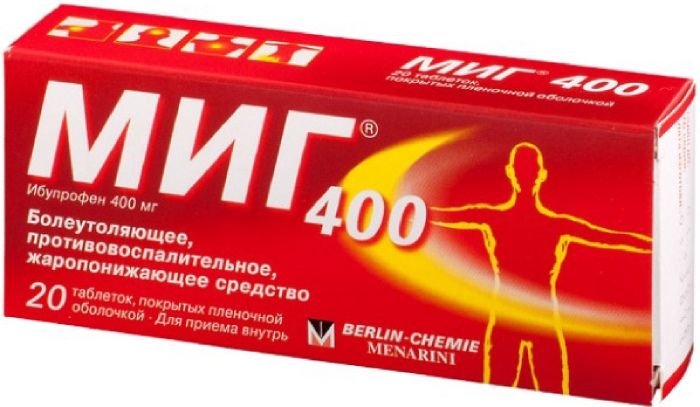

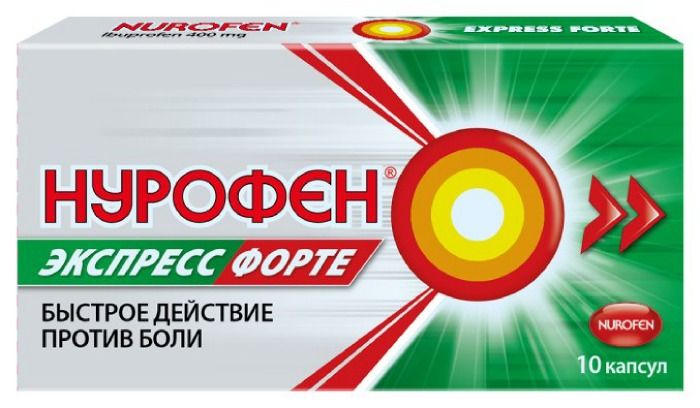
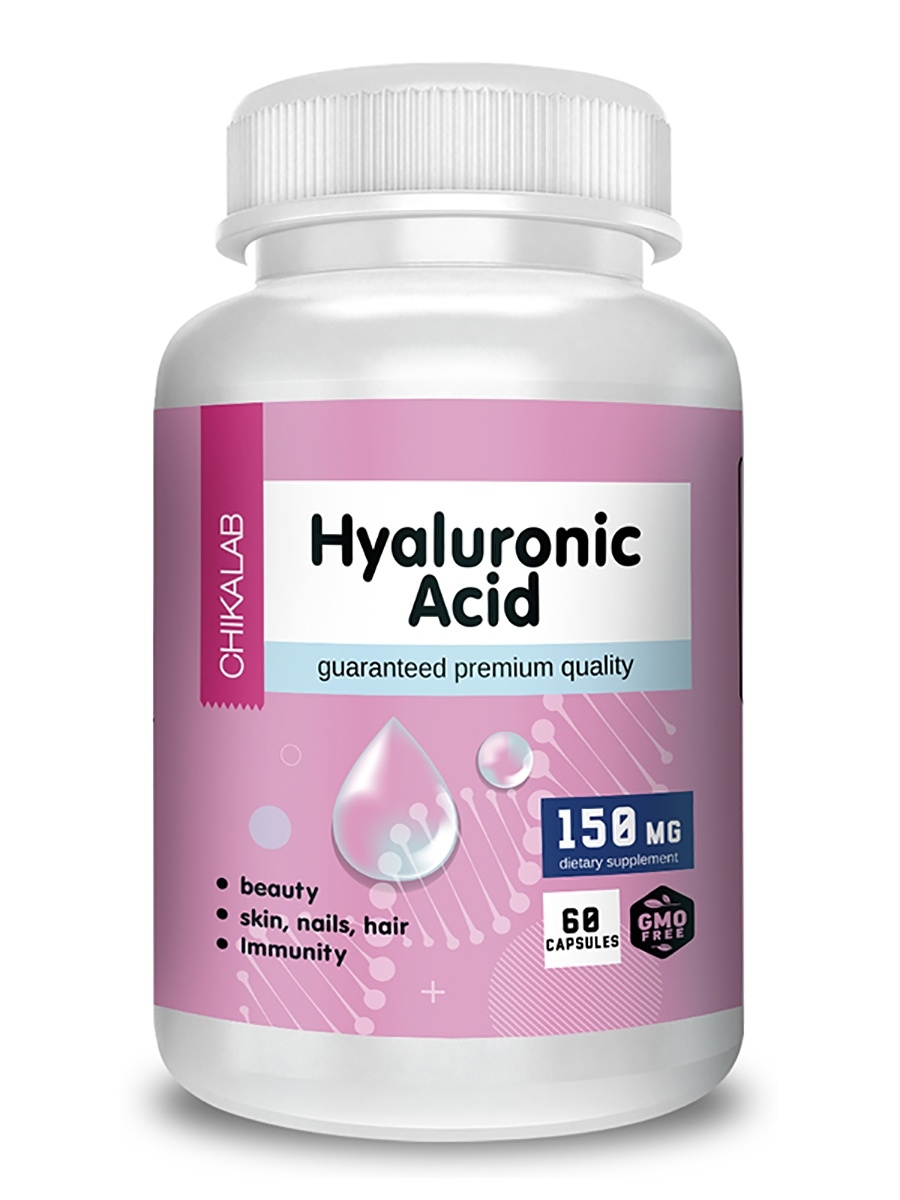
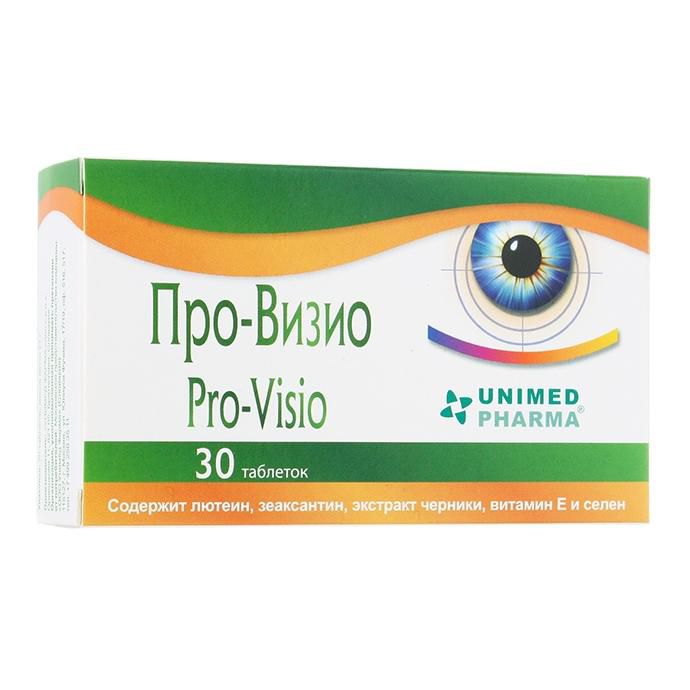

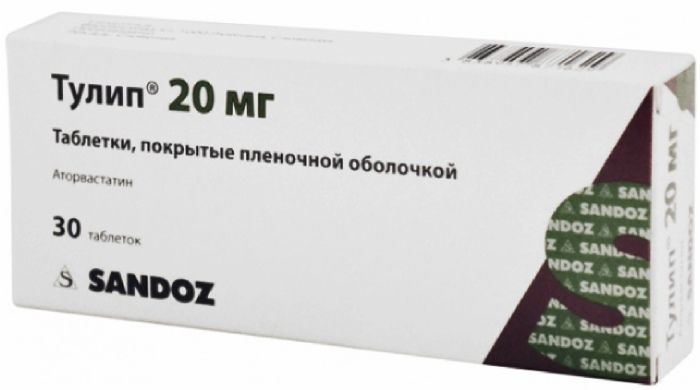
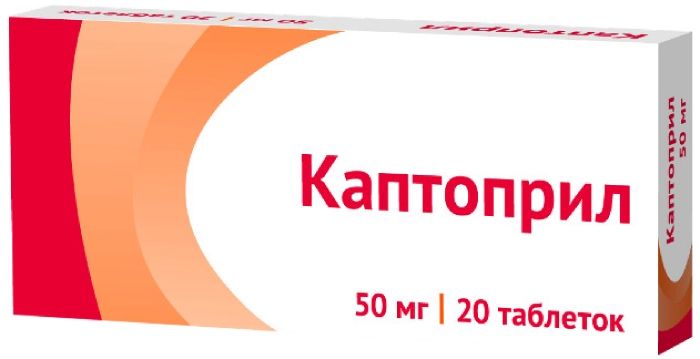
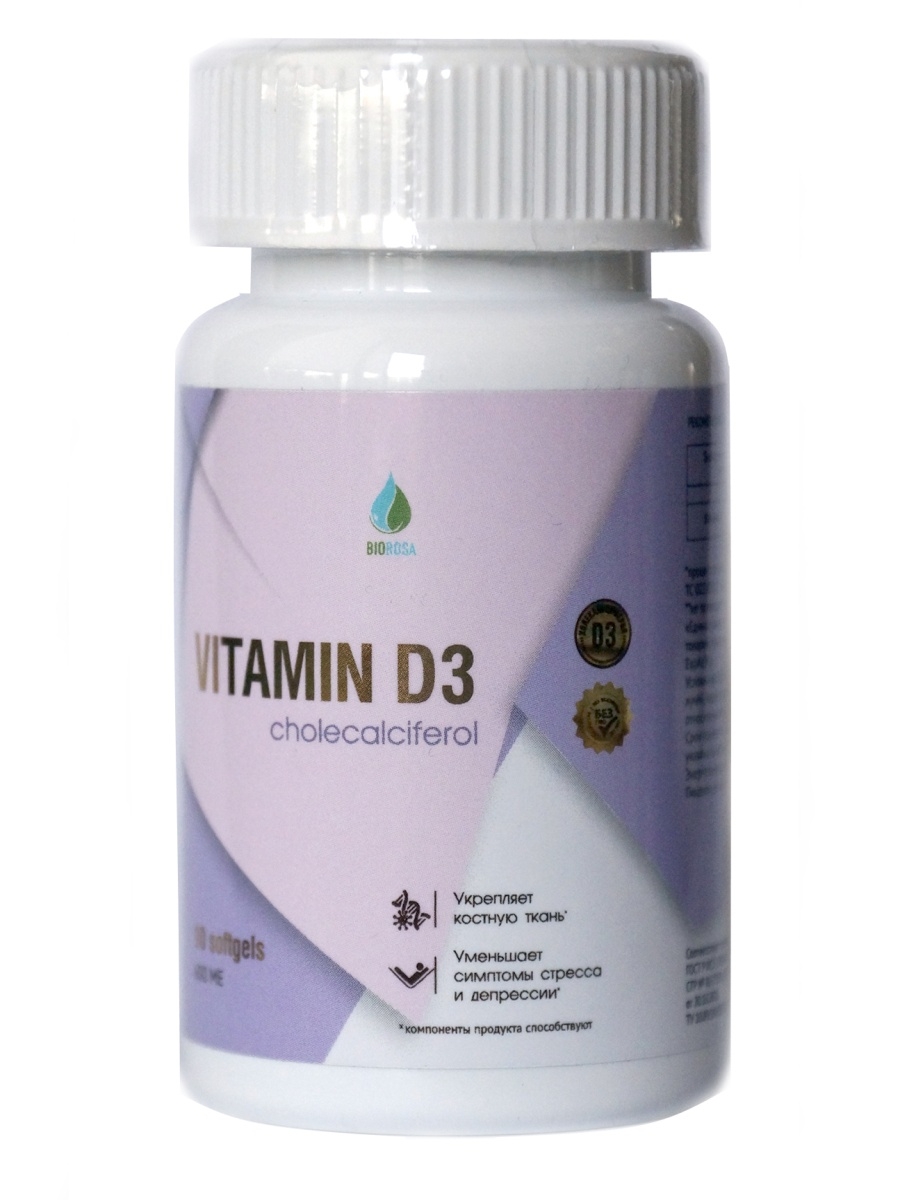




There are no reviews yet.